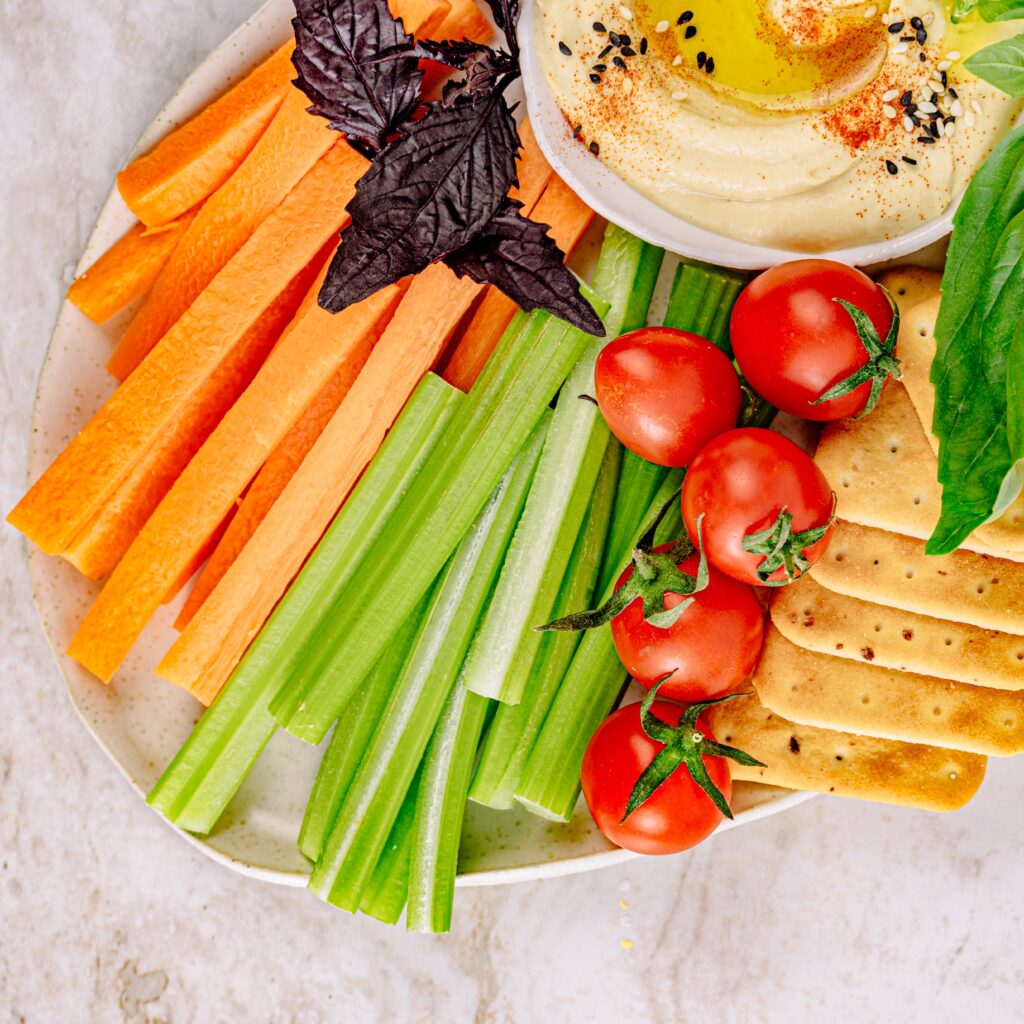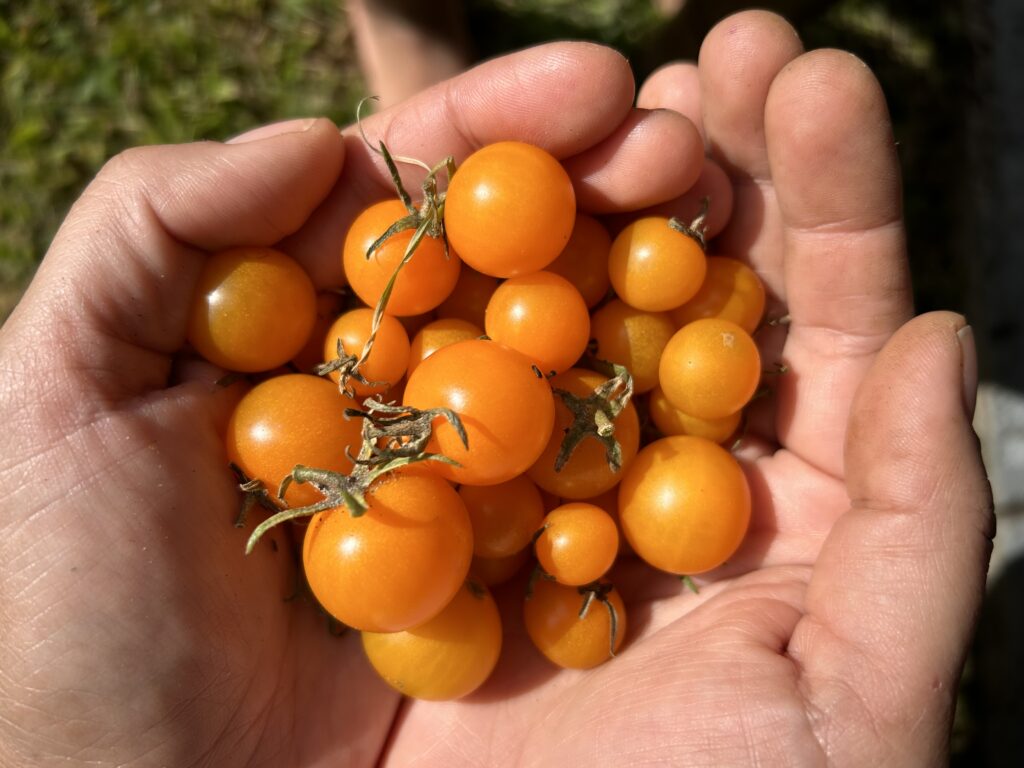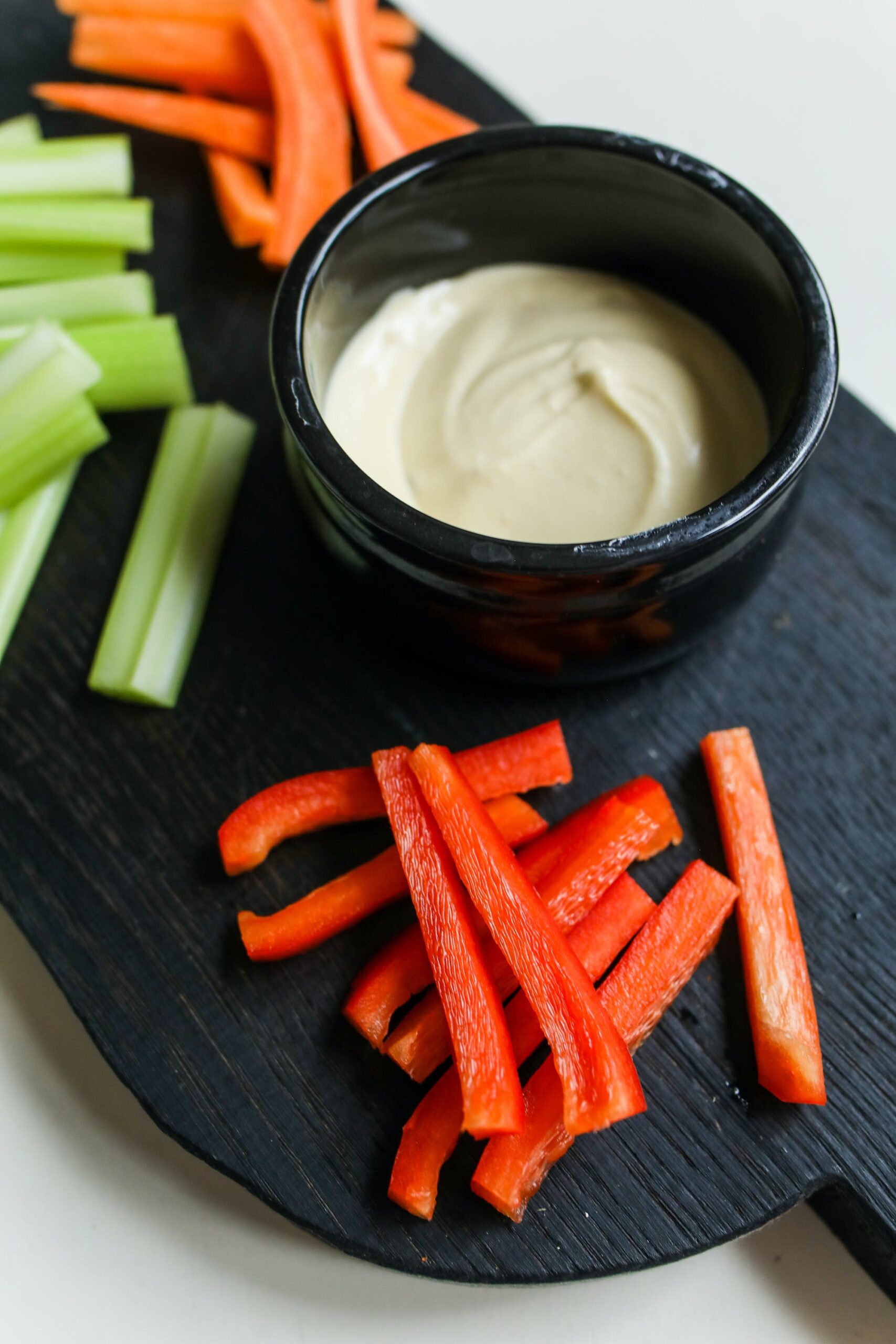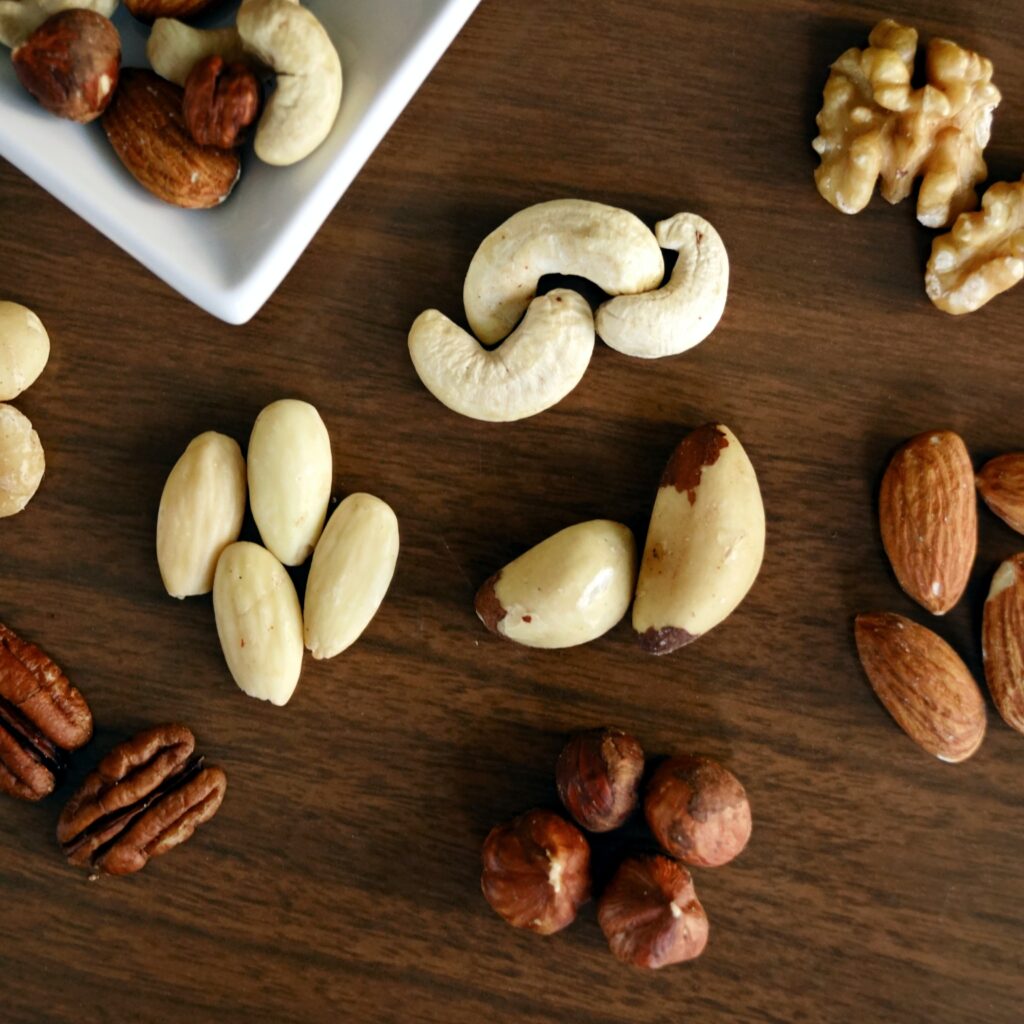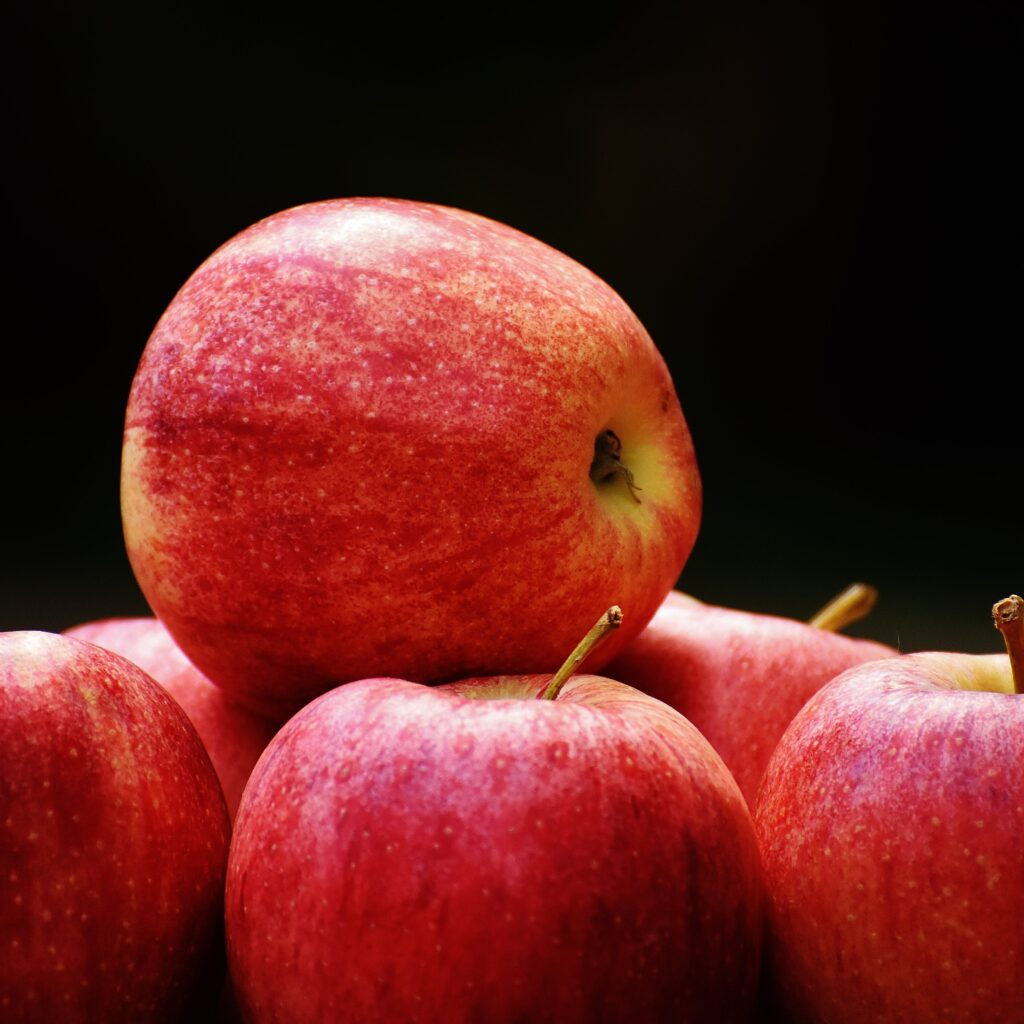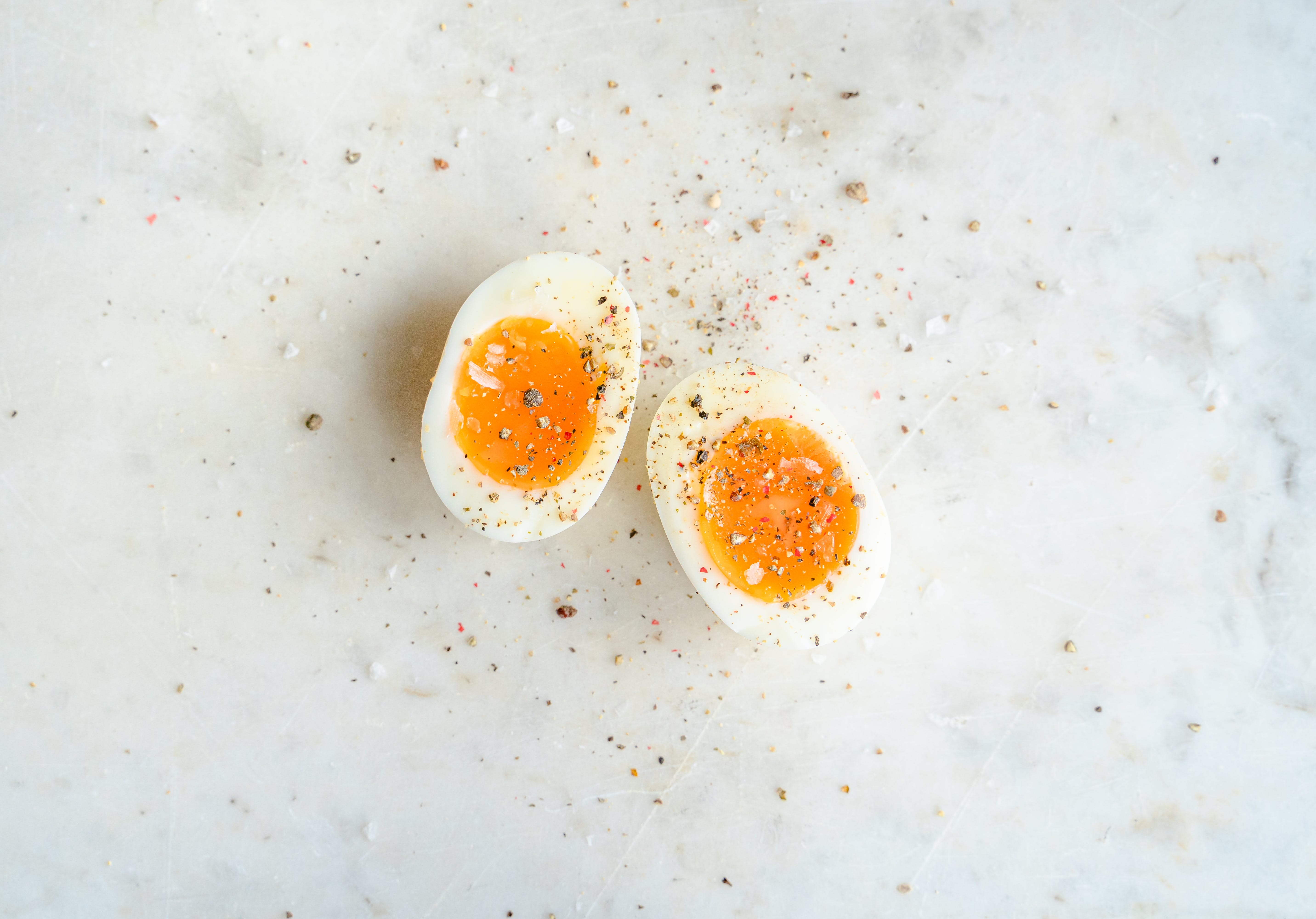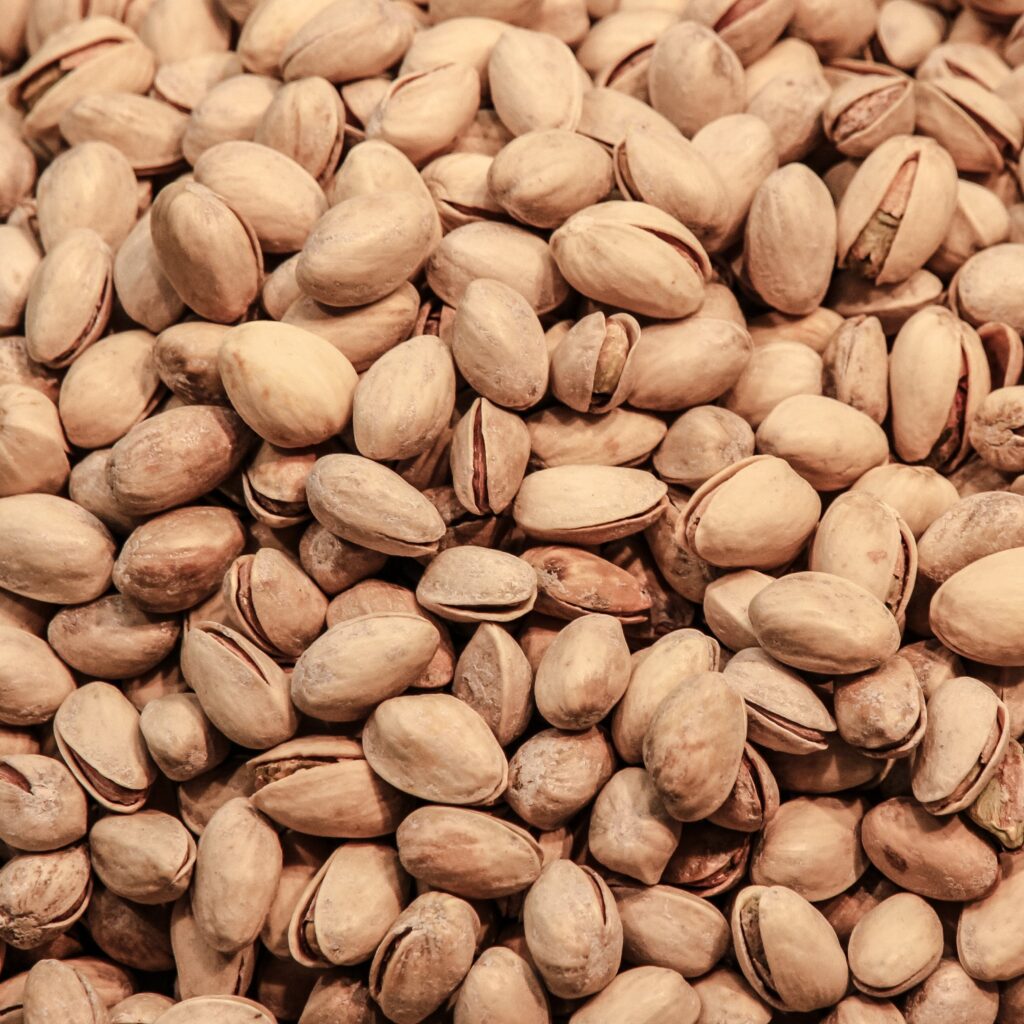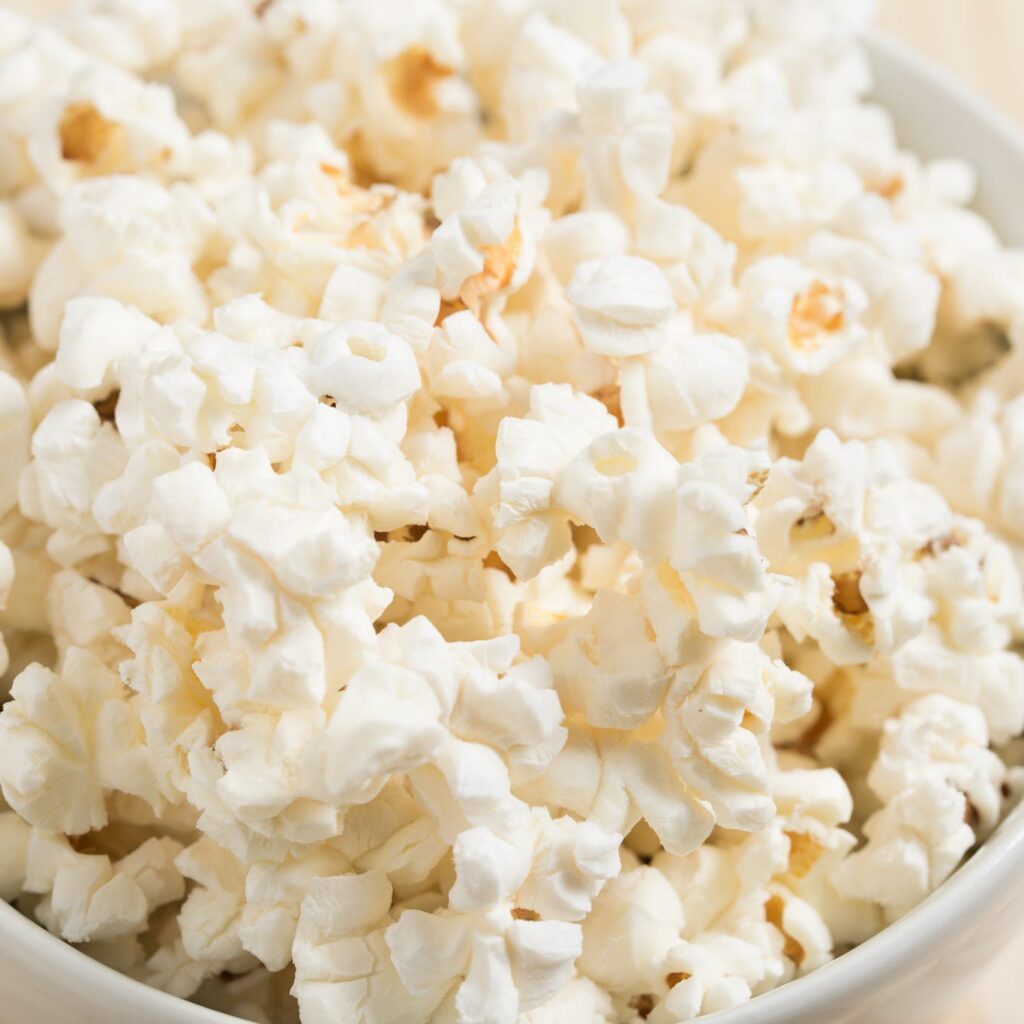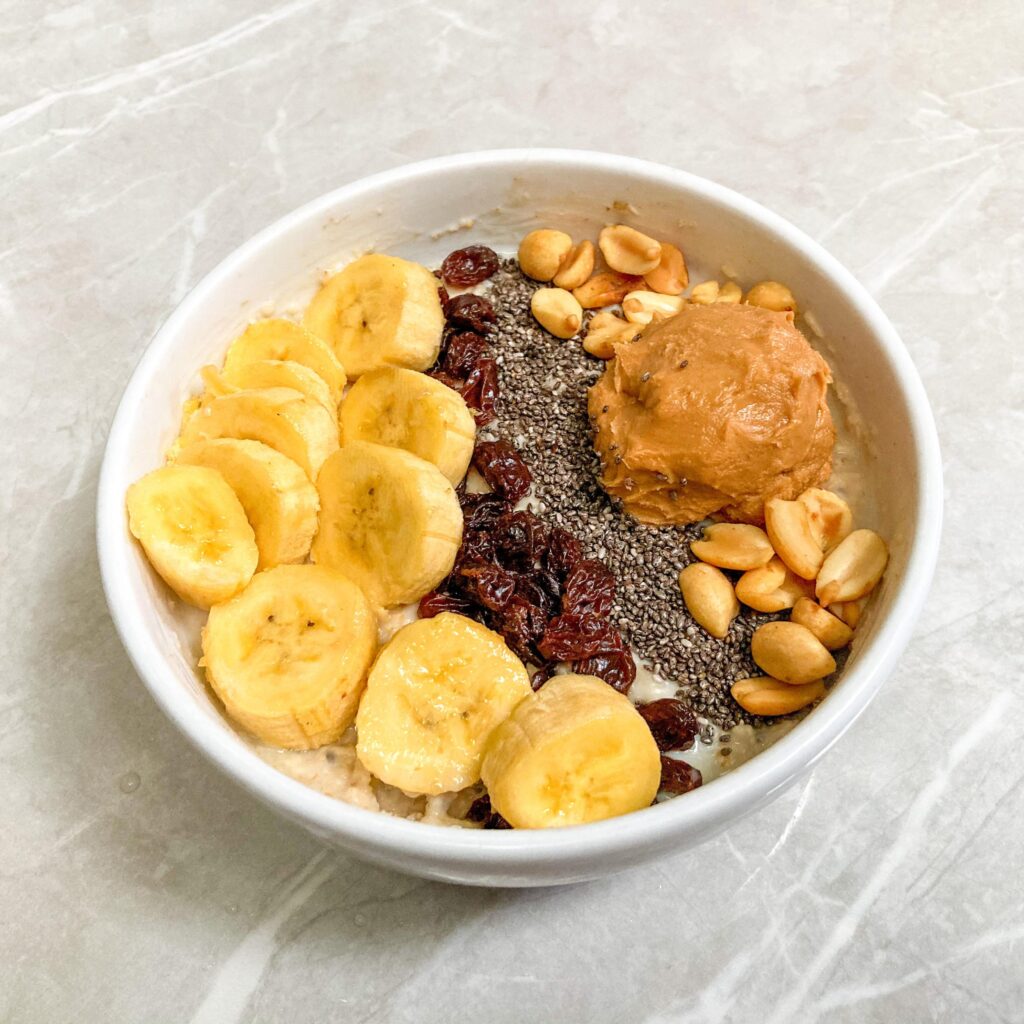For individuals with diabetes, prediabetes or insulin resistance, it’s important to choose snacks that help maintain stable blood sugar levels. Snacks that are nutrient-rich snacks (high in fiber, protein and healthy fats) instead of empty calorie snacks are the best option. Healthy snacks keep you feeling full and feed the healthy bacteria in your gut that keep your gut-brain connection healthy. Try to limit snacks that are high in sugar, salt and are highly processed (ultra processed foods) because processing removes nutrients and adds chemicals/artificial substances and usually added sugar which elevates the blood sugar. Unhealthy snacks tend to make your blood sugars spike and crave more snacks which eventually becomes a vicious cycle. Processed high sugary/salty snacks usually also have zero nutritional value.
Here are some snack ideas that are nutritious and diabetes-friendly:
1. Nuts and Seeds
- Nuts are low in carbs and high in protein and healthy monounsaturated fats. Monounsaturated fats are known for their heart-protective properties and can help reduce bad cholesterol levels (LDL).
- Almonds: High in oleic acid, a type of monounsaturated fat.
- Cashews: Contain significant amounts of oleic acid.
- Pistachios: Rich in monounsaturated fats, particularly oleic acid.
- Macadamia Nuts: Extremely high in monounsaturated fats, with oleic acid being the predominant type.
- Walnuts: High in alpha-linolenic acid (ALA), a plant-based omega-3 fatty acid.
- Pine Nuts: Rich in linoleic acid, an omega-6 fatty acid.
- Pecans: Contain both omega-3 and omega-6 fatty acids.
- Seeds are great sources of fiber and omega-3 fatty acids. Remember to eat the actual seeds, using oils made from these seeds is not advised as the processing of making seed oils from the seeds adds chemicals and removes the nutrients.
- Chia seeds: High in fiber, omega-3 fatty acids (alpha-linolenic acid), protein, and various micronutrients such as calcium, magnesium, and phosphorus. Chia seeds also help stabilize blood sugar levels due to their high fiber and protein content. They slow down the absorption of sugar in the bloodstream!
- Flaxseeds: Rich in omega-3 fatty acids (ALA), fiber, lignans (which have antioxidant properties), and vitamins such as vitamin B1 (thiamine) and copper. Studies have shown flaxseeds improve insulin sensitivity!
- Hemp seeds: High in protein, containing all nine essential amino acids, omega-3 and omega-6 fatty acids in an optimal ratio, magnesium, iron, and zinc.
- Pumpkin seeds: Rich in protein, healthy fats, magnesium, zinc, iron, and antioxidants.
- Sunflower seeds: High in healthy fats, protein, vitamin E, selenium, and several B vitamins.
- Sesame seeds: Contain healthy fats, protein, fiber, calcium, magnesium, and antioxidants such as sesamin and sesamolin.
- Poppy seeds: Contain healthy fats, fiber, calcium, magnesium, manganese, and B vitamins.
- Quinoa seeds: Although often considered a grain, quinoa is technically a seed. It is rich in protein, containing all nine essential amino acids, fiber, iron, magnesium, and manganese.
2. Vegetables
- Raw Veggies: Carrot sticks, cucumber slices, bell pepper strips, and cherry tomatoes.
- Veggie Dips: Pair with hummus or Greek yogurt dip for added flavor and protein.
3. Fruit
- Consuming fruits with their skin can be a healthy choice as the skin often contains additional nutrients, fiber, and antioxidants. For example, in apples and pears, a significant amount of fiber is found in the skin. However, it’s important to wash fruits thoroughly to remove any potential pesticides or contaminants before eating.
- Berries: Strawberries, blueberries, and raspberries are lower in sugar compared to other fruits.
- Apple Slices with Nut Butter: Provides fiber and healthy fats.
- Avocados: rich in heart-healthy monounsaturated fats, provide a good source of fiber, vitamins (such as folate, vitamin K, and vitamin C), and minerals, supporting cardiovascular health, digestion, and overall well-being. Additionally, avocados contain antioxidants that may have anti-inflammatory effects and contribute to various aspects of health, including skin health and immune function.
- Bananas (with nut butter): Bananas provide natural sugars, fiber, and essential nutrients, while peanut butter contributes healthy fats, protein, and additional nutrients. Together, they create a balanced combination that can offer sustained energy, promote satiety, and provide various health benefits, such as supporting heart health and providing essential vitamins and minerals.
4. Dairy or Dairy Alternatives
- Greek Yogurt: Opt for plain, unsweetened varieties and add a handful of berries or nuts.
- The combination of berries and plain yogurt provides protein, fiber, and antioxidants.
- Cottage Cheese: Low-fat options can be paired with a small portion of fruit or veggies.
5. Whole Grains
- Whole Grain Crackers: Pair with low-fat cheese or avocado. Whole grain crackers provide complex carbohydrates, dietary fiber, and essential nutrients. Whole grains support digestive health, helps regulate blood sugar levels, and provide sustained energy.
- Air-Popped Popcorn: A high-fiber, low-calorie snack. When prepared without excessive butter or unhealthy additives, popcorn is a whole grain that is rich in fiber and low in calories. It provides a satisfying and nutritious option, offering dietary fiber for digestive health and a source of antioxidants.
6. Protein Snacks
- Hard-Boiled Eggs: A convenient high-protein and low-carb option. Hard boiled eggs also provide essential nutrients such as vitamins A, B2, B6, B12, D, E, and folate, as well as minerals like calcium, iron, phosphorus, potassium, zinc, and selenium, along with essential choline and antioxidants lutein and zeaxanthin. I love eating sliced hard boiled eggs sprinkled with Tajin powder for a convenient and savory pick me up.
- Lean Deli Meats: Turkey or chicken slices wrapped in lettuce.
- Tuna Salad: Made with Greek yogurt instead of mayonnaise, served with whole grain crackers or celery sticks.
7. Legumes
- Hummus: Made from chickpeas, it’s a great dip for veggies. Hummus is a healthy food option as it is rich in plant-based protein, fiber, healthy fats, and essential nutrients, contributing to overall well-being when consumed as part of a balanced diet. Its versatility makes it an excellent choice for a nutrient-dense dip, spread, or topping.
- Edamame: Steamed and lightly salted. These young soybeans are rich in plant-based protein, fiber, vitamins (such as folate and vitamin K), and minerals. Edamame is a nutritious snack or addition to meals, offering health benefits associated with heart health, digestion, and overall nutrient intake.
8. Healthy Fats
- Avocado: Sliced or mashed on whole grain toast or crackers.
- Olives: A tasty snack high in healthy fats.
9. Homemade Snacks
- Energy Balls: Made with oats, nut butter, and a small amount of honey or unsweetened cocoa.
- Trail Mix: A mix of nuts, seeds, and a few dark chocolate pieces (choose sugar-free options). The combination of nuts, seeds, and dried fruits provides a mix of healthy fats, protein, fiber, vitamins, and minerals. However, portion control is essential due to the calorie density of nuts and the added sugars that can be present in some commercial trail mixes.
10. Dark Chocolate (>70%)
- Dark chocolate contains antioxidants, particularly flavonoids, which have been associated with various health benefits, including improved heart health.
- Additionally, dark chocolate may contribute to better mood and cognitive function, and it contains minerals such as iron, magnesium, and zinc.
- However, it’s important to choose dark chocolate with a high cocoa content (70% or higher), as this generally means it has more antioxidants and less added sugar.
Tips for Including Seeds in Your Diet:
- Smoothies: Add chia, flax, or hemp seeds to your smoothies for a nutrient boost.
- Salads: Sprinkle pumpkin, sunflower, or sesame seeds on salads for added crunch and nutrition.
- Baking: Incorporate seeds into bread, muffins, and other baked goods. I add flaxseed to my kid’s homemade waffles recipe.
- Snacks: Enjoy seeds as a standalone snack or mixed into homemade trail mix.
- Yogurt and Oatmeal: Add seeds to yogurt, oatmeal, or cereal for extra texture and nutrients.
By incorporating these types of snacks into your diet, you can help manage your diabetes while enjoying a variety of tasty and nutritious options!
Do you have any other suggestions for healthy snacks? Comment below!

